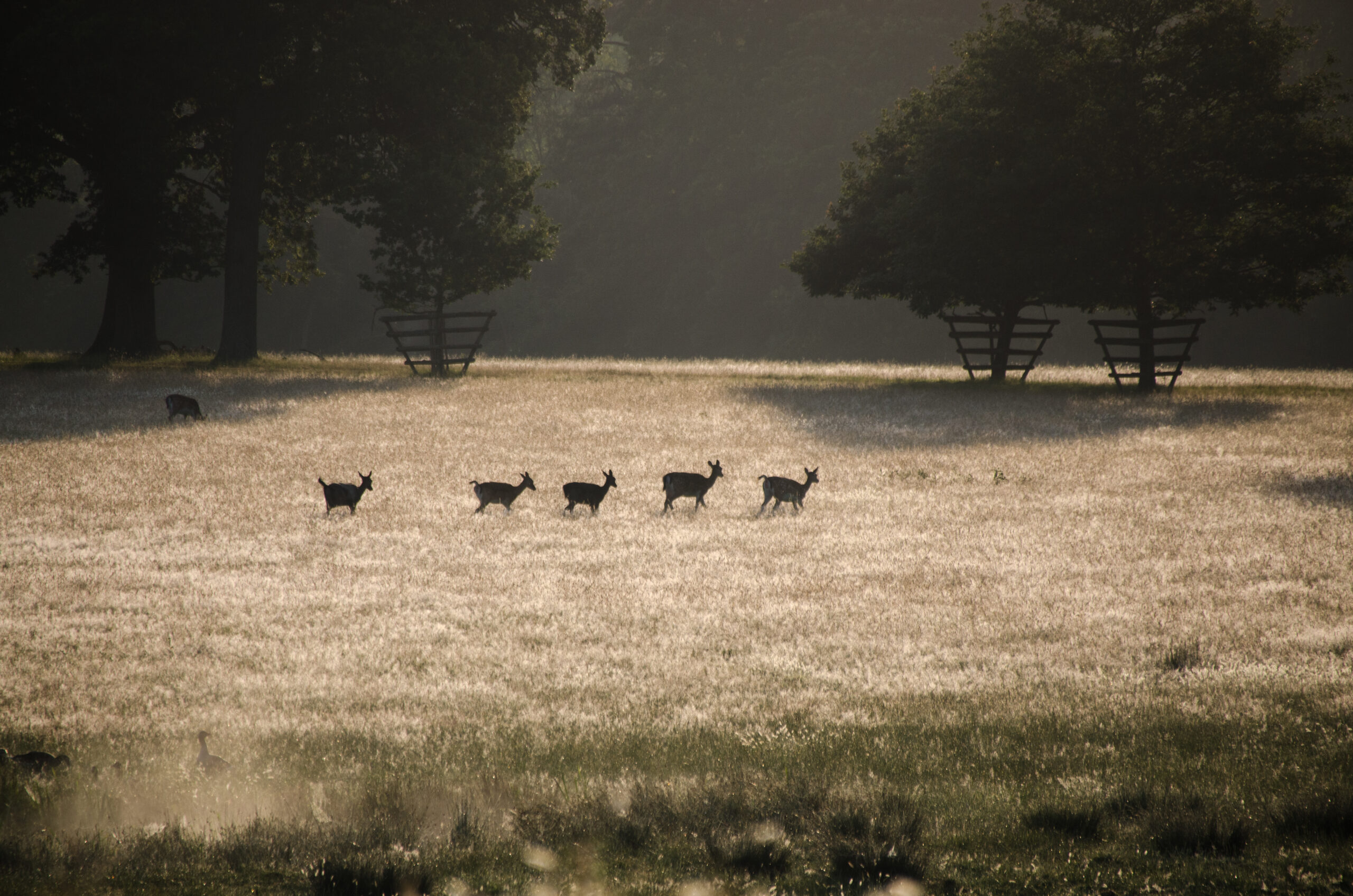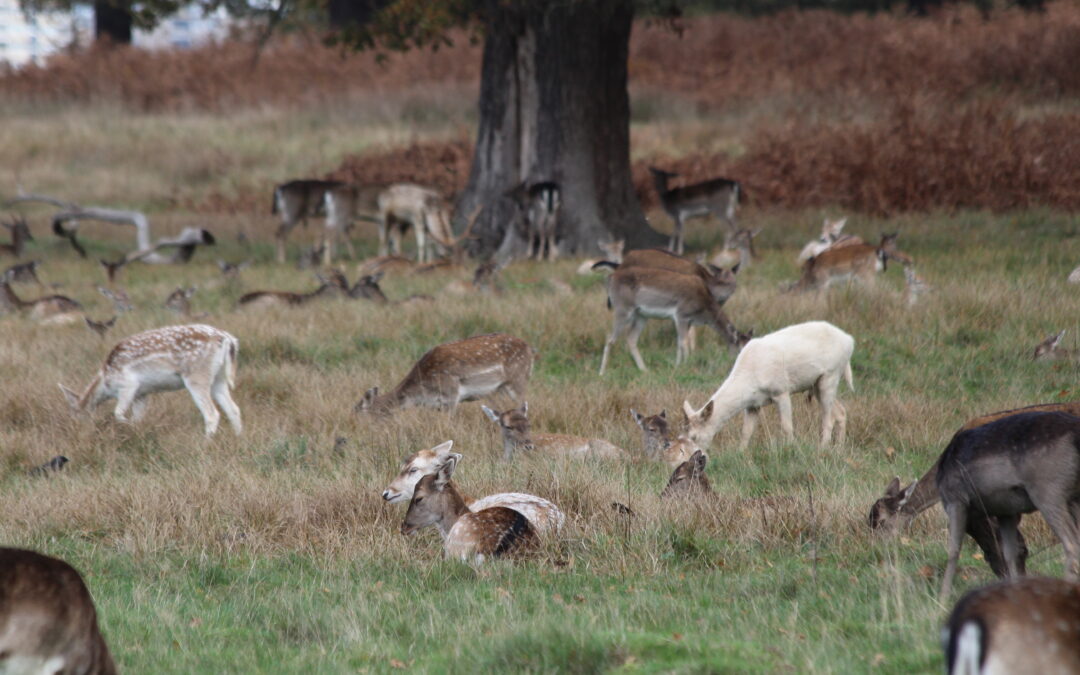Tackling Deer Pressure for a Healthier Sussex Landscape

Ecosystems are built on balance. Minute shifts interact within a complex web of events to create the diversity of life we see around us. Over the years, humans have done their fair share of interfering with these delicate checks and balances, transforming our natural landscapes. Snowballing deer populations across the southeast are just one example of this phenomenon.
Across Sussex, however, an ambitious array of projects is working hard to restore balance to local landscapes through the promotion of sustainable deer management.
The Sussex Woods Project, a Natural England protected sites strategy pilot, has spent the past three years tackling the negative impacts of high deer pressure.

The project has used innovative baseline survey techniques, facilitated stalker licences, promoted the sustainability and health benefits of venison, and engaged with landowners to reduce deer pressure in the project area from 25 individual animals per square kilometre to 16 in just one year. This evidence-led approach is already showing results, with more balanced deer numbers enabling natural regeneration of vegetation and ultimately contributing to healthier herds and greater biodiversity.
The Brighton and Hove Food Partnership has incorporated the sustainable consumption of venison into its Sussex Grazed project by developing a clear and practical deer management resource pack for land managers. This guide helps disseminate vital information on how to start or expand a venison enterprise.
The High Weald National Landscape team has used the Farming in Protected Landscapes grant to fund chillers, helping address a key infrastructure gap that limits the supply of local, sustainable venison.
Over in the Ashdown Forest, rangers are working with local landowners to control fallow deer numbers, allowing forest ground flora to regenerate and biodiversity to thrive.
Here at Weald to Waves, we are reaching out to our land manager members to understand first-hand how deer are affecting biodiversity in their areas, particularly beyond protected sites where coordinated action can have the greatest impact.
Together, these initiatives are powerful beacons of hope for restoration and for the return of healthy deer populations across the Sussex landscape. Conversations are now underway to explore how the outcomes of these projects can be transformed into a coordinated, landscape-scale approach. By working in partnership, there is huge potential to rebalance our ecosystems, improve woodland condition, and deliver lasting benefits for local habitats.
By Tilly Corcoran, Weald to Waves Landscape Advisor
